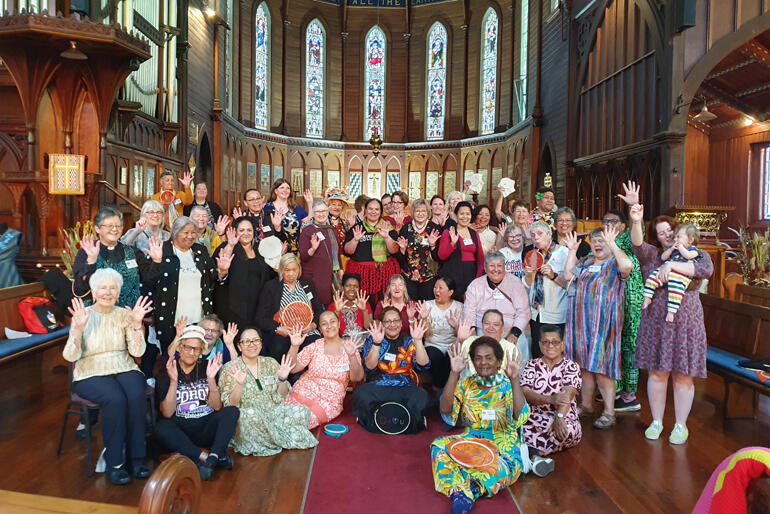
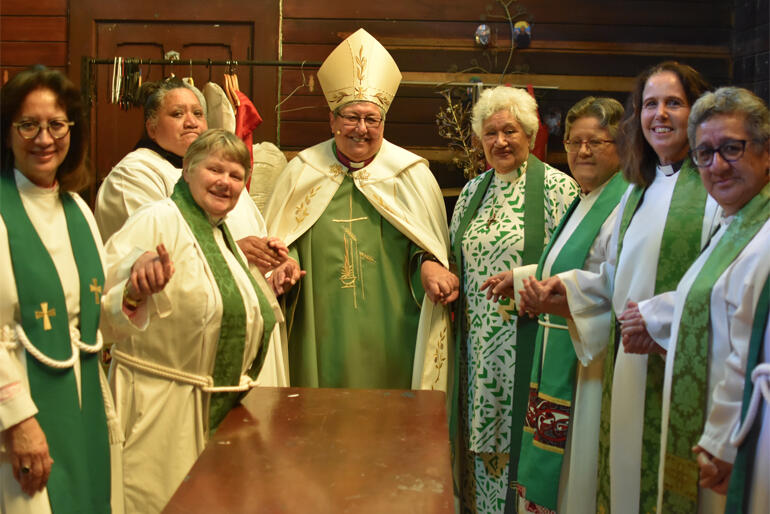
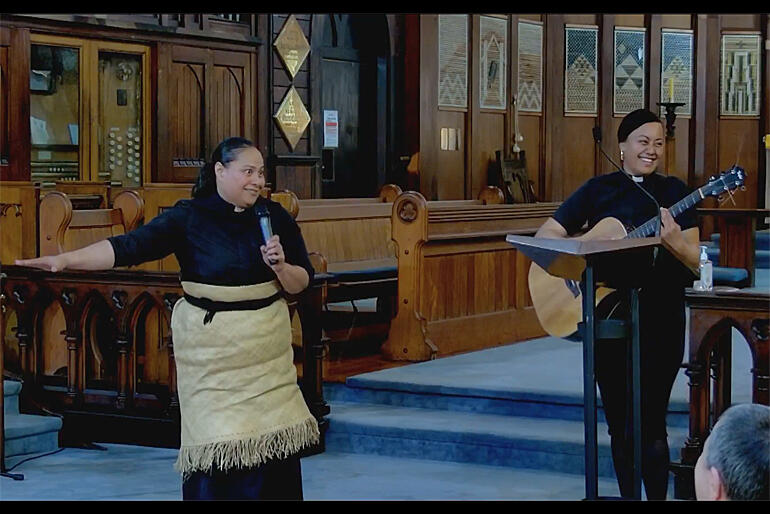
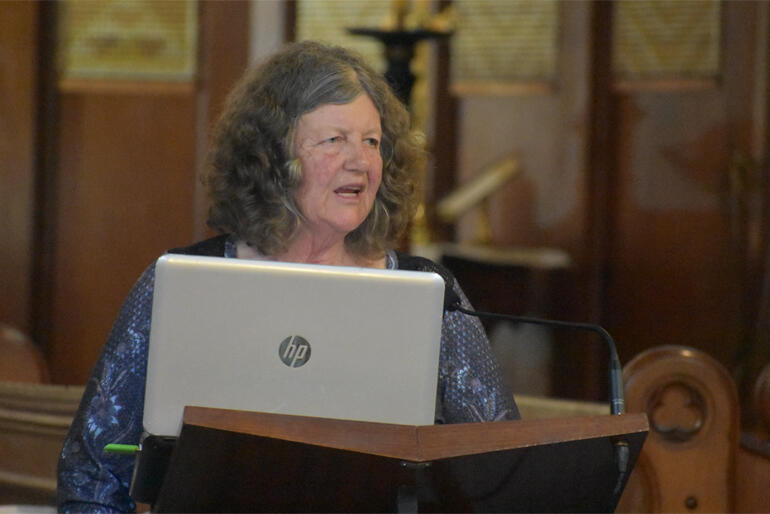
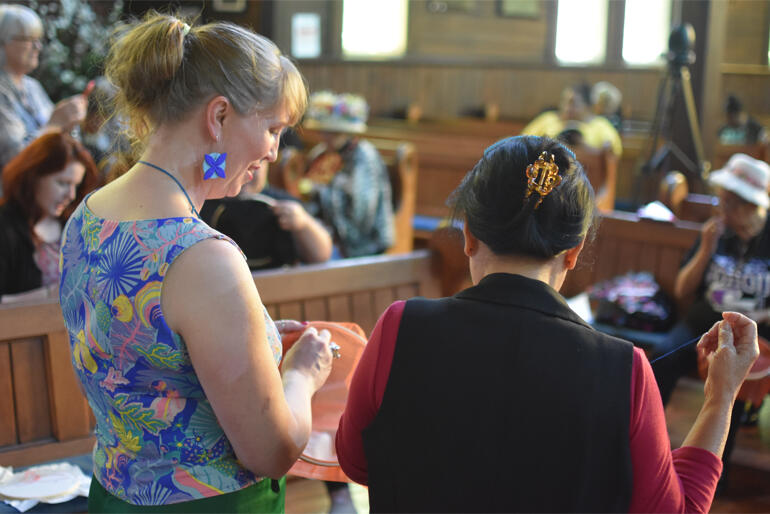
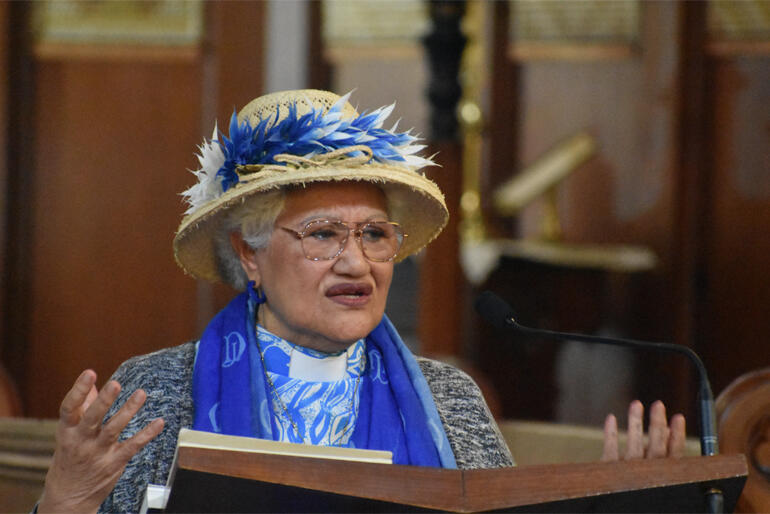
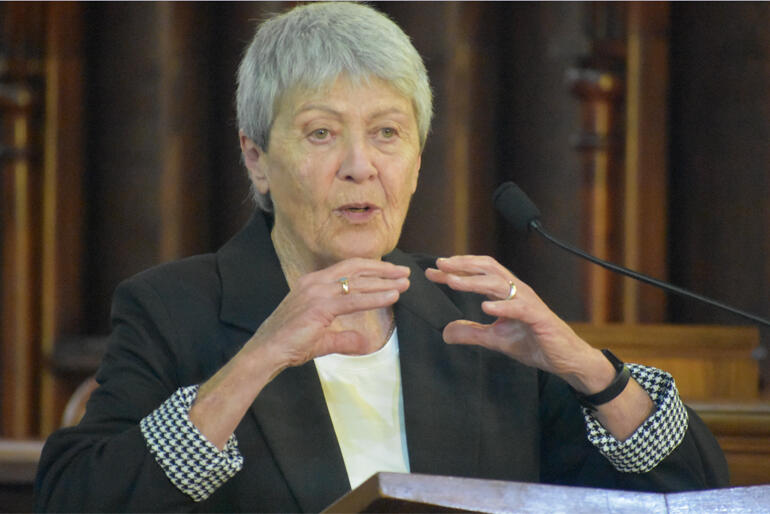
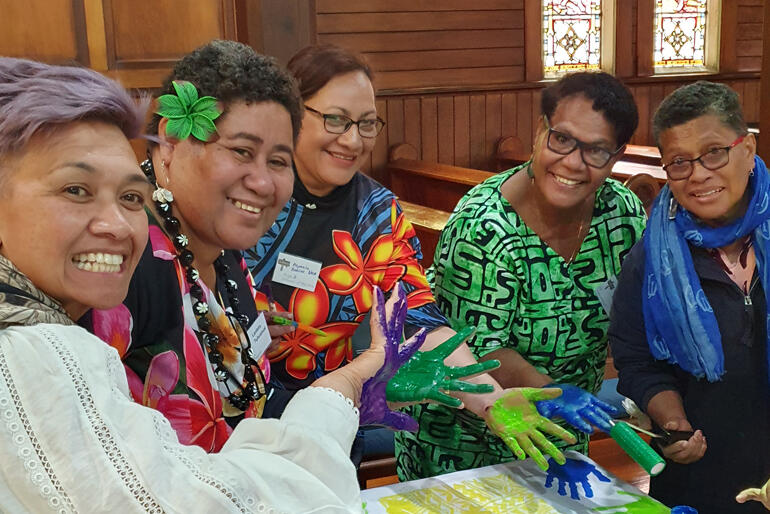
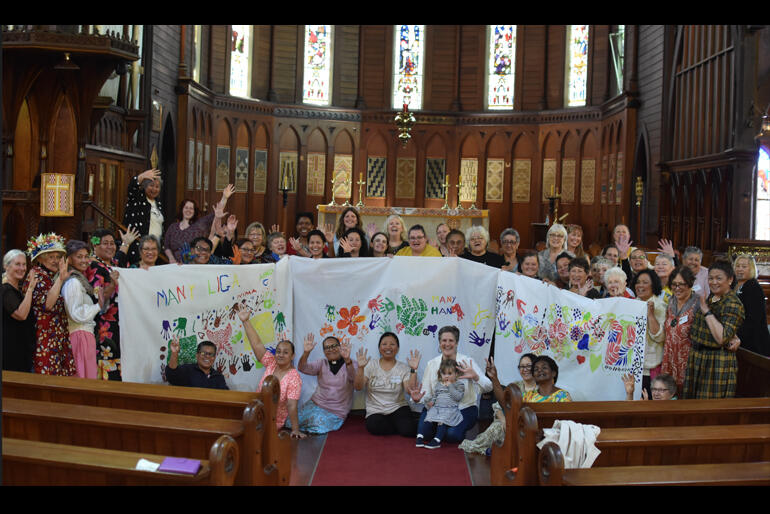
More than seventy women from across the motu have come away renewed and refreshed by sharing and scholarship at the 2023 Anglican Women’s Studies Hui at Tatai Hono Marae and Holy Sepulchre Church in Auckland this 2-5 November.
Rev Dr Jekheli Kibami Singh, who is an Anglican priest and serves as Minister of Chartwell Cooperating Church in Kirikiriroa, reported the Hui held many highlights for her.
“...these included meeting kindred spirits among the participants, interwoven with theological teachings and conversations, inspiring stories from various wāhine – including some of our amazing trailblazers – creativity, the privilege of being with wāhine from our three Tikanga church, reconnecting with friends and making new ones.”
The AWSC Hui opened with a pōhiri supported by Te Mīhana Māori in Grafton and Bishop George Connor, followed by an opening session led by evangelists to urban Māori and Pasifika communities in Mangere, Rev Keri-Ann Hokianga and Rev Sela Havili.
The two evangelists spoke on sharing the good news with communities in South Auckland, setting out their mission of transforming people’s lives encumbered with low expectations into a new vision of what could be.
“How do we bring hope?” they asked. Firstly, they said by keeping faith with the late Bishop Ben Te Haara’s vision for Te Karaiti Te Pou Herenga Waka church.
“We create spaces of turangawaewae, of belonging, a place of standing, not just for Māori, not just for Polynesia, for all people.” said Rev Keri-Ann.
“It is about the redemption of people’s mana,” added Rev Sela, “And God does that in a way that doesn’t have to pull down one person’s mana in order to lift up another’s.”
“In our pews (at Te Karaiti every Sunday) it’s our slice of heaven.”
“We get in and we step out of the business of the world and allow ourselves to see through a living word and be transformed. And when we walk out of that space, our perspective has shifted and altered for something greater...and we know that we are not alone.”
Next Rev Val Riches told her story as a woman ordained in one of this Church’s earliest cohorts of female priests back in the 1970s.
Val remembered arriving as a conservative rural student at St John’s College to study theology and train for ministry. Others had cautioned her that College would ruin her faith and the first thing she noticed was the Dean insisted on using “gender inclusive language”.
“And I thought, what a fuss about nothing!
I know ‘men’ means me, and I know God’s my father. What nonsense!”
“...But after a year of inclusive language, it’s amazing what it does to one’s faith, and one’s belief. Before that I was just looking through one porthole at God, and now I had a much greater understanding of God, and of myself being made in the image of God.”
Anglican Women’s Studies Council Convenor Rev Bettina Maxwell said that organisers had planned the AWSC forum as a space for women across the Church to share their experiences in ministry, to inspire and inform each other, and to make connections across Tikanga. Another aim was to get the best of feminist theology out of the academy and into the hands of women in ministry.
Bettina reported that despite women’s ordained ministry becoming the norm over the 46 years since the first Pākehā women’s ordinations, female clergy can still face open discrimination or covert limits to their ministry in our Church, including the ‘senior roles’ glass ceiling.
The theme of women’s call to ministry was echoed by speaker Miriam Fisher, whose presentation toggled between biblical analysis, personal reflections, poetry and textile arts as she revisited two of the Bible’s most maligned women: Mary Magdalene and Eve.
Miriam untangled the two biblical women’s characters from centuries of misinterpretation, to revel instead in their identities as disciples and evangelists. In her journey to reclaim her biblical whakapapa as a Christian woman, Miriam shared her project to embroider every word in the Bible spoken by a woman.
Miriam’s hands-on session was a hit with its opportunity to respond in needlework. “It was so charming” reflected Ceridwyn Parr, AWSC administrator, as she scanned the roomful of women stitching and talking theology together.
Ceridwyn said many participants had enjoyed the chance to form new friendships during the noho marae at Tātai Hono, and welcomed the manaakitanga of Te Mīhana Māori at Holy Sepulchre, particularly giving thanks for the ‘astonishingly good food’, which had included rock oysters in their shells.
Trailblazing Bishop Waitohiariki Quayle, Bishop of Upoko o Te Ika, centred her presentation on her experience of leadership in the church as the first Māori woman to become a bishop and pinpointed some of the challenges that arose with her appointment.
Another trailblazing woman, Archdeacon Taimalelagi Tuatagaloa spoke of her journey from humble village beginnings in Samoa, to the elevated status of Anglican Communion Official Observer to the United Nations in New York, where she served from 2000-2006.
Archdeacon Tai explained how she had brought the Anglican Communion’s voice into the UN debate on gender issues (especially women's rights); environment and sustainable development; children's rights; indigenous people's issues; human rights; and economic and global security for countries under conflict.
Mrs Quandolita Reid-Enari (Samoa) talked about the roles of Samoan women in forming healthy community, while Rev Dr Eseta Mateiviti-Tulavu (Fiji/Auckland) shared her i-Taukei indigenous theology of building up ‘sautu’, speaking about how women can nurture flourishing for themselves, their families and their communities.
The AWSC Hui welcomed three younger women who shared their generational perspectives and ministry contexts.
Bolivia Smith from Samoa Archdeaconry spoke about the pivotal role of women and girls in Samoan ‘aiga and culture as expressed in the qualities and tasks needed to weave ‘ie toga, Samoan ceremonial fine mats. Sophie Anania from Te Hui Amorangi o Te Manawa o Te Wheke introduced the group to ‘Te Aka’, Te Hāhi Mihinare’s digital tamariki and rangatahi ministry portal (which she coordinates), and Bridie Marsden-Boyd from the Diocese of Christchurch talked about the challenges of engaging an ageing Church with her generation.
Another key session delved into the Church’s work on preventing and responding to abuse.
Ministry Standards Commission registrar Wendy Ball began by setting out the workings of the Church’s complaints processes, followed by Hera Clarke who shared insights on her trauma-informed work with survivors of sexual abuse, her background in awhina whānau, and her recent work as Archbishops’ Commissary for Reconciliation and Restoration.
Another highlight for a number of participants was Cherryl Thompson’s presentation of her and Rev Vicki Terrell’s Disability Ministry Educators’ theological statement on disability in the church, which reads as a charter of inclusion to encourage churches to take care that no one feels like an outsider.
In the headiest piece of academic theology at the hui, Dr Emily Colgan’s public lecture looked into the false idea that everything in the world exists as a binary opposite: such as male-female, human-earth, or spirit-matter. She showed how those opposites have been translated over time into a false hierarchy of value that leads to untold violence against indigenous people, people of colour, women and the earth.
For more from the Hui and to view the talks mentioned here, go to the Anglican Women’s Studies Youtube page.
Visit the AWSC website for more information about the Anglican Women’s Studies Centre.






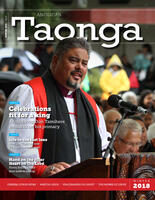
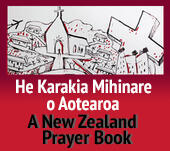
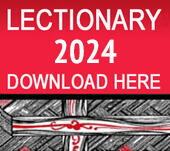

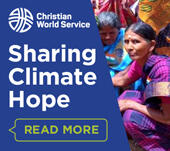
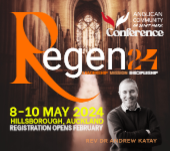
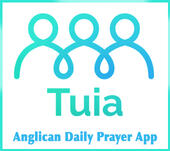

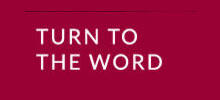


Comments
Log in or create a user account to comment.